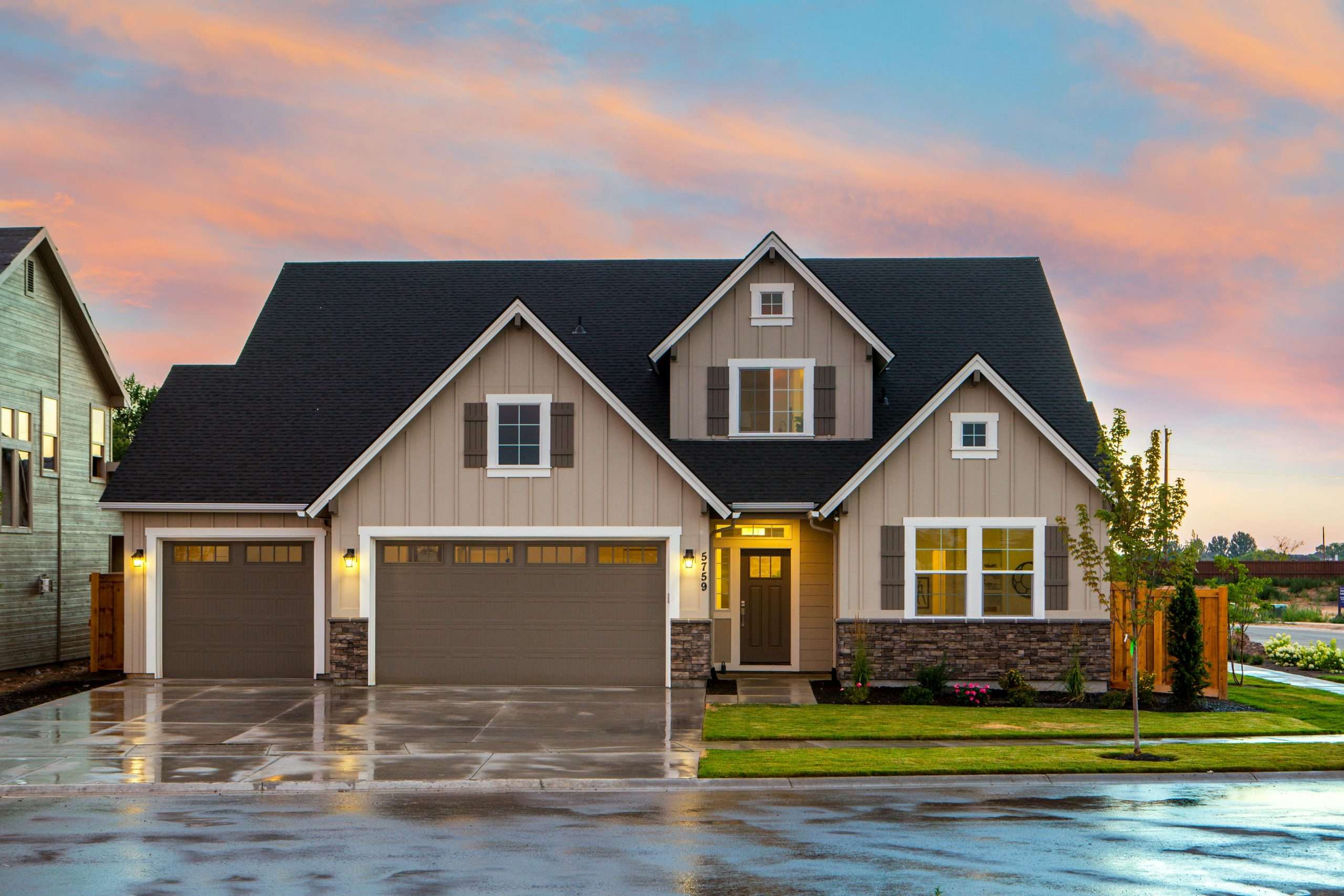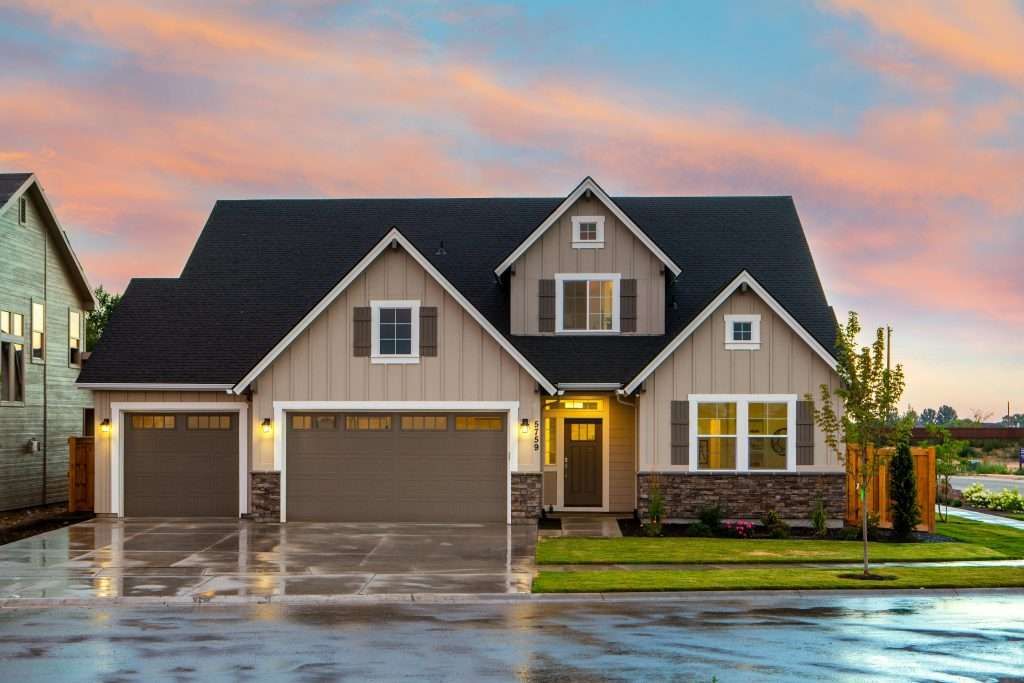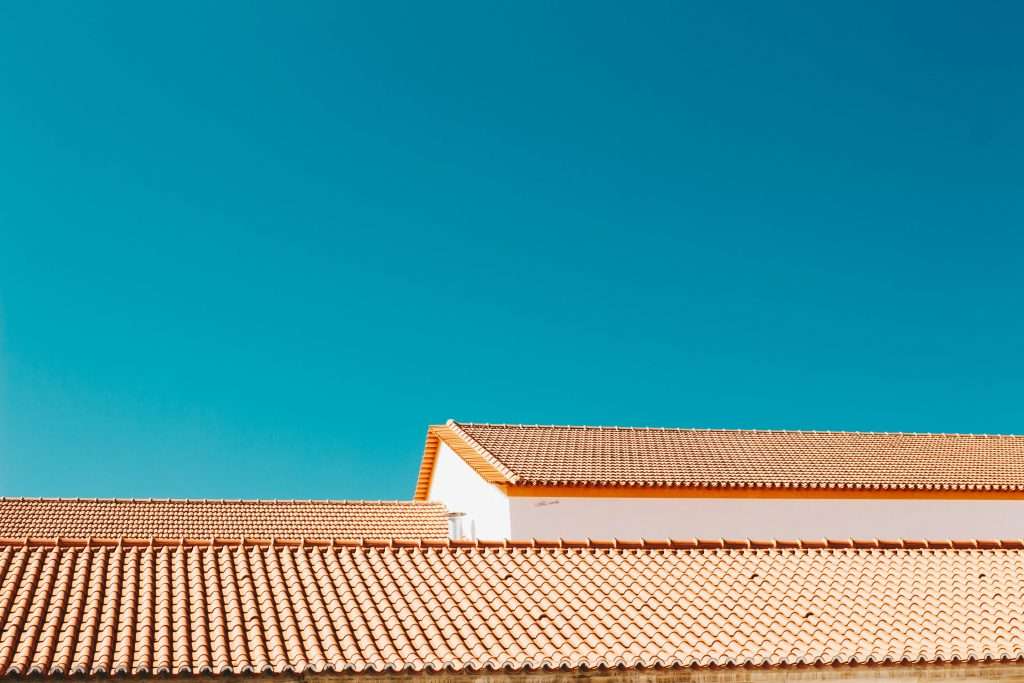Introduction
When it comes to our homes, the roof over our heads is one of the most crucial components, keeping us safe from the harsh elements outside. It’s the unsung hero of our daily comfort, yet, how often do we think about its condition or lifespan? Understanding how long a roof can last and what factors influence its durability is key to maintaining the integrity of our homes. Whether it’s the scorching sun, pouring rain, or the heavy snow, our roofs are exposed to relentless weather conditions year-round, making their upkeep vital. From the type of materials used to the quality of installation and the importance of regular maintenance, several variables play into a roof’s longevity. In this article, we’ll dive deep into the world of roofs, exploring different types, their expected lifespans, and how you can extend the life of your roof with some handy roofing tips. Stick around to ensure your roof remains in tip-top shape for as long as possible!
Factors Affecting Roof Lifespan
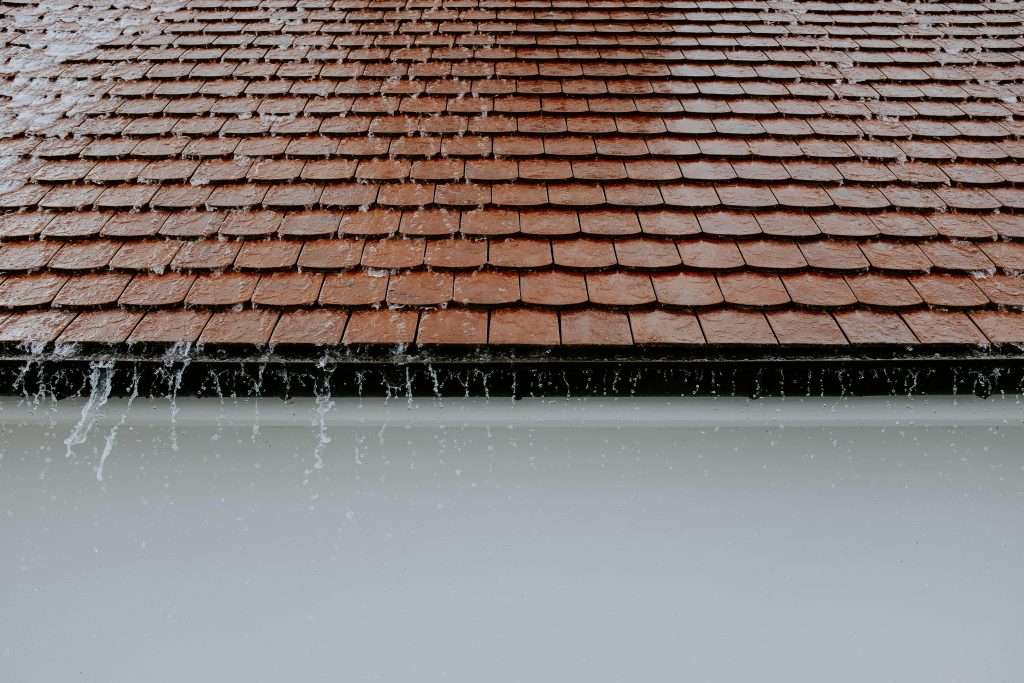
When it comes to how long your roof will last, it’s not just about the materials it’s made from. A number of factors come into play that can either shorten or extend the lifespan of your roof. Two major aspects to consider are weather conditions and maintenance practices. Understanding these factors can help you take proactive steps to ensure your roof remains in tip-top condition for as long as possible.
Weather Conditions
Weather has a huge impact on the longevity of your roof. Extreme weather conditions, such as heavy snow, hurricanes, hailstorms, and even prolonged exposure to high UV rays, can cause significant wear and tear. For instance, in areas prone to heavy snow, the weight and moisture content of the snow can cause structural damage over time, leading to leaks. Similarly, high winds can lift or even remove shingles, tiles, or metal panels, making the roof vulnerable to further damage. Repeated exposure to harsh sun can degrade roofing materials prematurely, especially those that are not UV resistant. It’s essential to consider the typical weather conditions in your area when choosing roofing materials and to take preventive measures like regular inspections after severe weather events.
Maintenance Practices
The importance of regular maintenance cannot be overstated when it comes to extending the life of your roof. Neglect can lead to minor issues becoming major problems. For instance, a small leak if left unchecked, can result in significant water damage, mold growth, and even structural issues. Regular maintenance involves cleaning gutters to prevent water buildup, inspecting for and repairing minor damages such as cracks or missing shingles, and ensuring proper ventilation and insulation to avoid heat and moisture buildup in the attic. Proactive maintenance not only helps in extending the life of your roof but can also save you from hefty repair expenses in the long run.
Average Lifespan of Common Roofing Materials
Each roofing material has its own set of advantages and limitations, including longevity. Here, we’ll explore the average lifespan of the most common roofing materials, which can vary greatly depending on the factors mentioned above, like local weather conditions and maintenance practices.
Asphalt Shingles
Asphalt shingles are by far the most popular roofing material in many parts of the world, thanks to their cost-effectiveness and ease of installation. Typically, asphalt shingles can last anywhere from 20 to 30 years, depending on the quality. There are two main types: three-tab shingles, which are thinner and less expensive, tend to be at the lower end of that range, while architectural (or dimensional) shingles are thicker, offering more durability and a longer lifespan, sometimes up to 30 years or more with proper maintenance. Factors such as proper ventilation, timely repairs, and the quality of the installation process also significantly impact their lifespan.
Metal Roofs
Metal roofs are known for their durability, longevity, and resistance to extreme weather conditions. They come in various materials like aluminum, steel, copper, and zinc, each with its own lifespan. On average, metal roofs can last 40 to 70 years. Metal roofs are resilient against high winds, do not crack or corrode, and are highly effective in shedding rain and snow, which makes them an excellent choice for areas prone to severe weather. Moreover, they are fire-resistant and can help in reducing cooling costs by reflecting solar radiant heat. The higher upfront cost of metal roofs is generally offset by their minimal maintenance needs and an extended lifespan, making them a cost-effective solution in the long term.
Announcing The World’s Largest Collection of
16,000 Woodworking Plans
Tile Roofs
Tile roofs, whether clay, concrete, or slate, offer a distinctive, attractive aesthetic and can significantly increase a home’s curb appeal. Beyond their beauty, these materials are incredibly durable and long-lasting. Clay and concrete tiles have an average lifespan of 50 to 100 years if properly maintained. Slate tiles, being a natural stone, boast an even more impressive durability, with some lasting over 100 years. Tile roofs stand up well to high temperatures, making them ideal for hot climates, and are also resistant to decay and insect damage. However, they are more susceptible to breakage under impact, such as from falling branches, and require a reinforced roof structure due to their weight. Regular inspection and replacement of broken tiles are crucial to maintain their longevity.
In conclusion, the lifespan of a roof is influenced by a myriad of factors, with weather conditions and maintenance practices playing pivotal roles. By selecting the appropriate roofing material based on local weather patterns and committing to regular maintenance, homeowners can significantly extend the life of their roofs. Whether you opt for the affordability and popularity of asphalt shingles, the durability and resilience of metal, or the timeless elegance and robustness of tile, proper care and regular inspections will help ensure your roof protects your home for many years to come.
Tips to Prolong Roof Lifespan
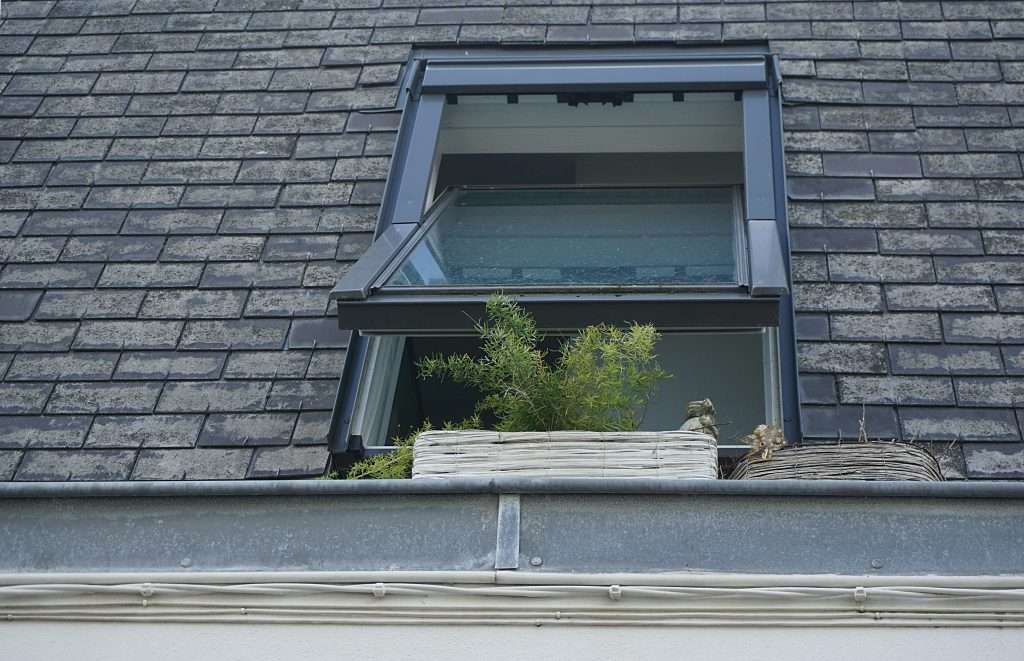
A healthy, long-lasting roof isn’t just about choosing the right materials; it’s also about the care and maintenance you put into it over the years. Here are some top tips to ensure your roof stays in the best condition possible, extending its lifespan and giving you peace of mind.
Regular Inspections
One of the most critical steps in extending the life of your roof is to conduct regular inspections. Ideally, inspecting your roof twice a year—once in the spring and once in the fall—can help identify potential issues before they become big, costly problems. Look for signs of wear and tear such as missing, loose, or damaged shingles. Don’t forget to check for moss, mold, or signs of water damage. During these inspections, it’s also wise to inspect the attic for any signs of leaks, as water damage inside can often suggest problems on the roof’s exterior. While you can perform a basic inspection yourself, hiring a professional roofing contractor can provide a more thorough assessment. They can spot issues that aren’t immediately obvious to the untrained eye.
Timely Repairs
Upon discovering any damage during your inspections, it’s crucial to address these issues as soon as possible. Delaying repairs can lead to more severe problems, significantly shortening your roof’s lifespan and increasing the costs of maintenance. For instance, a small leak can quickly lead to water damage affecting not just the roof but also the interior of your home. Whether it’s replacing shingles, fixing a leak, or correcting any form of structural damage, timely repairs prevent the worsening of these issues. For major repairs, always seek the expertise of a professional roofing contractor to ensure the job is done correctly and safely.
Cleaning Gutters
Your roof’s gutter system plays a vital role in protecting both your roof and the rest of your home from water damage. Gutters that are clogged with leaves, branches, and other debris can cause water to back up and damage your roof, the siding of your house, and even the foundation. To avoid these problems and extend the lifespan of your roof, make cleaning your gutters a regular part of your home maintenance routine. Aim to clean them at least twice a year or more frequently if you live in an area with a lot of trees. In addition to removing debris, check for any signs of rust, cracks, or damage to the gutters themselves. Installing gutter guards can also help prevent debris buildup, making maintenance easier and further protecting your roof and home from water damage.
Taking these steps—regular inspections, timely repairs, and cleaning gutters—not only prolongs the life of your roof but also protects your home’s structural integrity and value. Remember, prevention is always better (and more cost-effective) than a cure when it comes to roofing maintenance. By following these roofing tips, you can ensure that your roof stands the test of time.
Conclusion
Deciding on the right roof for your home is crucial, not just for aesthetics but for long-term durability and cost-efficiency. Whether you choose asphalt shingles, metal, tile, or slate, understanding the lifespan and how maintenance plays into it can save you from premature replacements and unexpected costs. Remember:
– Regular inspections and timely repairs are key to extending your roof’s lifespan.
– Choosing materials suited to your climate can significantly affect longevity.
– Investing in quality materials and professional installation pays off in the long run.
Armed with knowledge about different roof materials and the importance of maintenance, you can make informed decisions that ensure your roof protects your home for decades. Happy roofing!
Also, Read
The Ultimate Guide to Installing Metal Roofing
How to Start a Roofing Company in 2024

